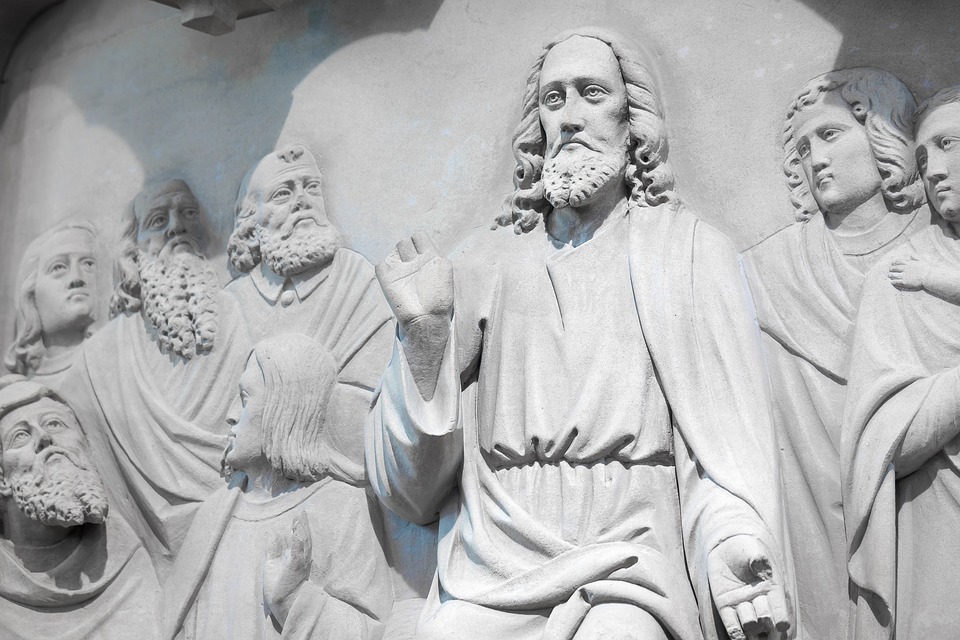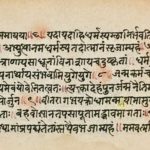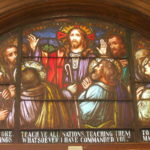When Jesus started His public ministry, he handpicked a group of men to follow Him. While most people are familiar with the Twelve Disciples, in actuality, Jesus had many more followers than that. The Twelve were later pulled from this much larger group to be the key leaders in carrying Jesus’ message to the world after he was gone.
Jesus Trained His Followers in Three Ways
First of all, he allowed them to observe him at work. They were with him as he taught and performed miracles. There were occasions after Jesus had taught that his disciples would come to him seeking clarification. He would often break down and dissect what he had just taught the crowd to make sure that his closest followers understood the parable or teaching.
Because Jesus’ followers would be expected to perform the same type of works that he had performed, he let them observe him performing many types of miracles, including healings and even raising the dead. On almost every occasion, Jesus had his followers with him when he performed these supernatural signs. In some of these instances, he even allowed his disciples to participate in the miracle. This was the case in the two miraculous feedings. In one case he fed over 5000 people and another time he fed 4000 people. In Mark 6:41, for example, the food was multiplied as Jesus gave it to the disciples and they distributed it to the crowd.
 The second way that Jesus trained his followers was that after they had been with him for a while watching him work, he sent them out on short ministry trips. These trips were great opportunities for the disciples to get real ministry experience while spreading the Gospel message. After these ministry trips, the disciples reported back to Jesus about all they did. They would then spend time discussing their results and receiving further training from Jesus.
The second way that Jesus trained his followers was that after they had been with him for a while watching him work, he sent them out on short ministry trips. These trips were great opportunities for the disciples to get real ministry experience while spreading the Gospel message. After these ministry trips, the disciples reported back to Jesus about all they did. They would then spend time discussing their results and receiving further training from Jesus.
On one occasion, Jesus sent out a large group of seventy-two of his followers out on a ministry trip. They were paired up and sent to some of the villages and cities that Jesus was planning on visiting. When they returned from their trip, they proudly reported that they had been able to cast out evil spirits, just like Jesus. Jesus used this as a teaching point to stress what was really important. “But don’t rejoice just because evil spirits obey you; rejoice because your names are registered as citizens of heaven.” (Verse 20)
The last way that Jesus trained his followers was that he sent his Holy Spirit to live inside them. When Jesus left the earth he sent the Holy Spirit back to indwell his people. Jesus promised that the Holy Spirit would lead his followers into all truth and continue to teach them. This began to take place in the early Church as Christ’s followers attempted to the right things. There was, of course, some trial and error but as the early Christians prayed for guidance and then stepped out in faith, the Holy Spirit directed their steps.
The Church was faced with a major decision.
One example of this was in Acts 15. The Church was faced with a major decision. It was a decision that affects every succeeding generation of Christians. It involved the question of whether or not non-Jews should be circumcised and required to obey the Jewish law to be considered Christians. After some spirited debate, it was decided to not make it difficult on the non-Jews turning to Christ. They were not required to keep the entire law. Salvation by faith became the understood way for people to become Christ-followers. James, one of the primary leaders in the early Church wrote a letter to non-Jews explaining the decision. The non-Jews were asked to avoid sexual immorality, idolatry, and asked to observe a few minor dietary restrictions so they could maintain fellowship with the Jews. James said in the letter, “It seemed good to the Holy Spirit and us not to place an unnecessary burden on those who are turning to Christ.” There was a conscious sense that the leaders of the Church were acting in concert with God’s plan.
Thankfully, those who follow Christ still have access to the Holy Spirit. The Church, however, is led by people. The pattern that Jesus left was a Spirit-filled, Spirit-equipped, group of people who continue to learn from their leaders, each other, and the Holy Spirit.






